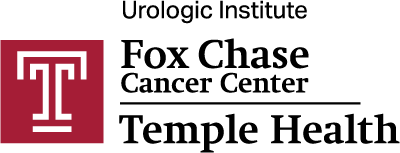Technology Update: Redefining Echocardiography Diagnostics and Education with AI, AR, and Beyond
Article Summary
- Technological advances in echocardiography offer new tools to better visualize the heart.
- Capabilities include tools to enhance 3D echocardiography and improve interpretation, as well as AI and augmented reality (AR).
- These tools can generate better images, guide cath lab procedures, and improve healthcare education.
For a photographer or videographer, it’s second nature to use lighting to get a better view of a subject. But few cardiac imagers think about moving light sources within the heart.
Yet that’s just one of the capabilities offered by modern 3D echocardiography, says Pravin V. Patil, MD, director of the Cardiovascular Disease Training Program at Temple University Hospital.
From 3D image enhancement and augmented reality, to using AI to teach the next generation of cardiac imagers, technological advances have transformed echocardiography, Patil says. Using these tools thoughtfully can lead to better diagnosis and improve patient care.
Novel Techniques for Advanced Imaging
3D echocardiography yields powerful datasets that are high-fidelity, with a high frame rate, that can be reconstructed and analyzed in multiple different planes. “But image generation — and our perception of those images — is the key to interpretation,” Patil says.
Directing light to illuminate key features, colorizing images, and using capabilities like transparent, tissue-like rendering are just a few of the tools that can help practitioners glean more insights, he adds.
Enhancing Clinical Precision in the Cath Lab with AR
Another powerful new tool is fused imaging, Patil shares.
Practitioners can now layer CT data over echocardiography to bring augmented reality images into the cath lab, guiding device delivery in real time. Fused imaging can also be used to determine balloon sizing, assess device stability, or even place “virtual devices” as landmarks for precise placement.
“It’s a significant step forward,” he says.
Expanding the Reach of Academic Medicine
Many cardiac imagers are already using AI in their practice every day, he notes, including workflow guidance programs, auto strain analysis, or auto segmentation tools.
But Patil is particularly excited about AI applications in education, particularly in teaching the basics.
AI tools can instruct learners on how to move the probe, provide real-time feedback on image quality, and tell students when to hold position for image capture.
"Previously, I could work with students one by one. Now education can reach 400 students at the same time, making this advanced education more accessible than ever before," he says.


